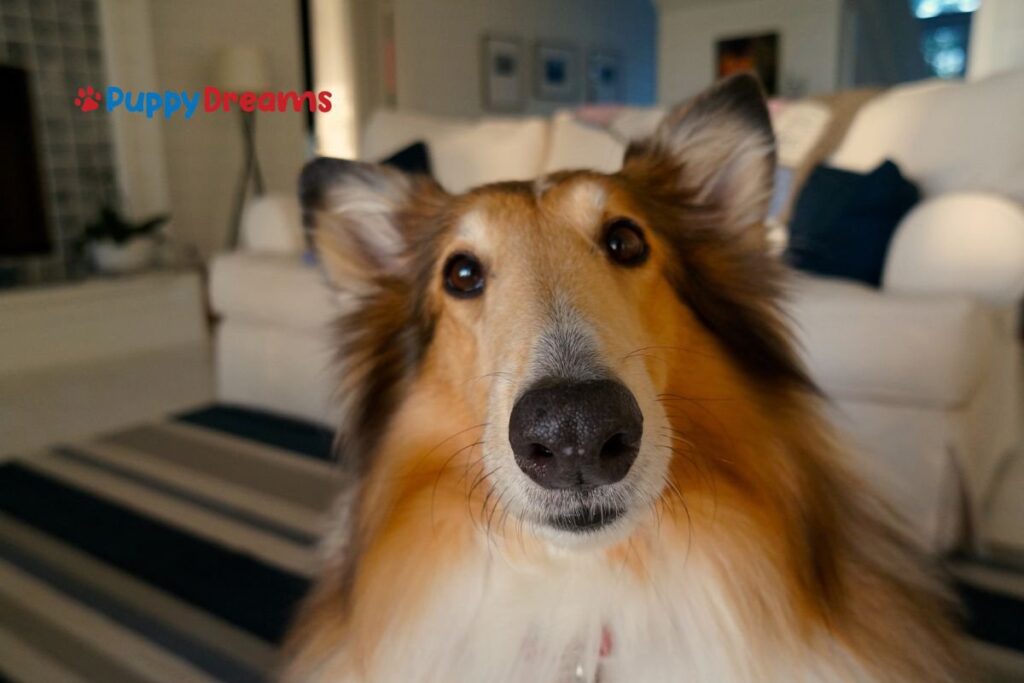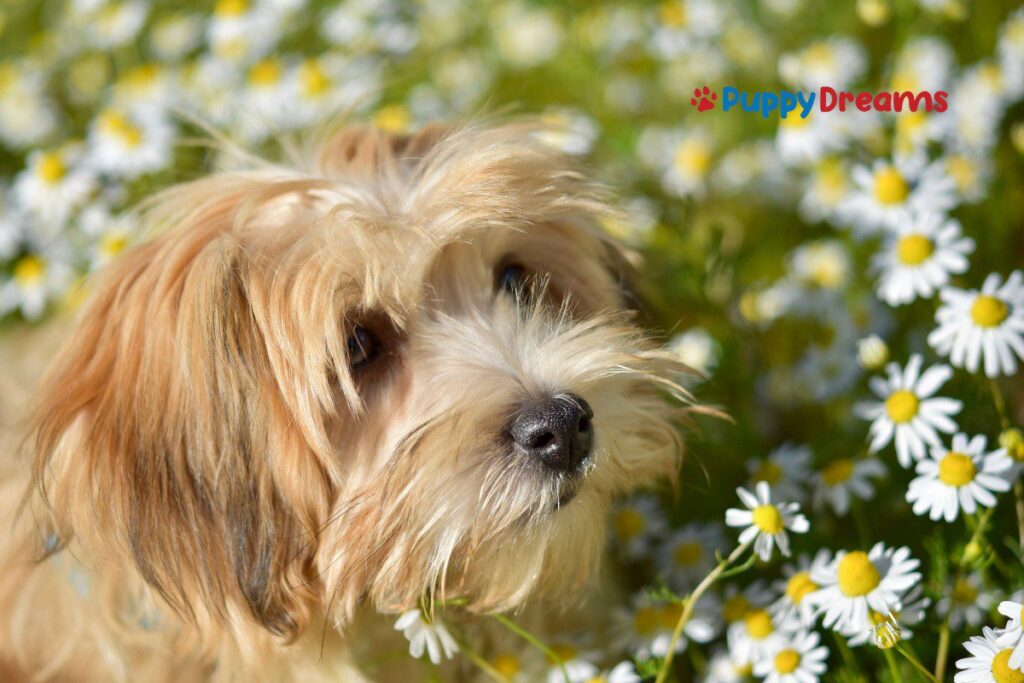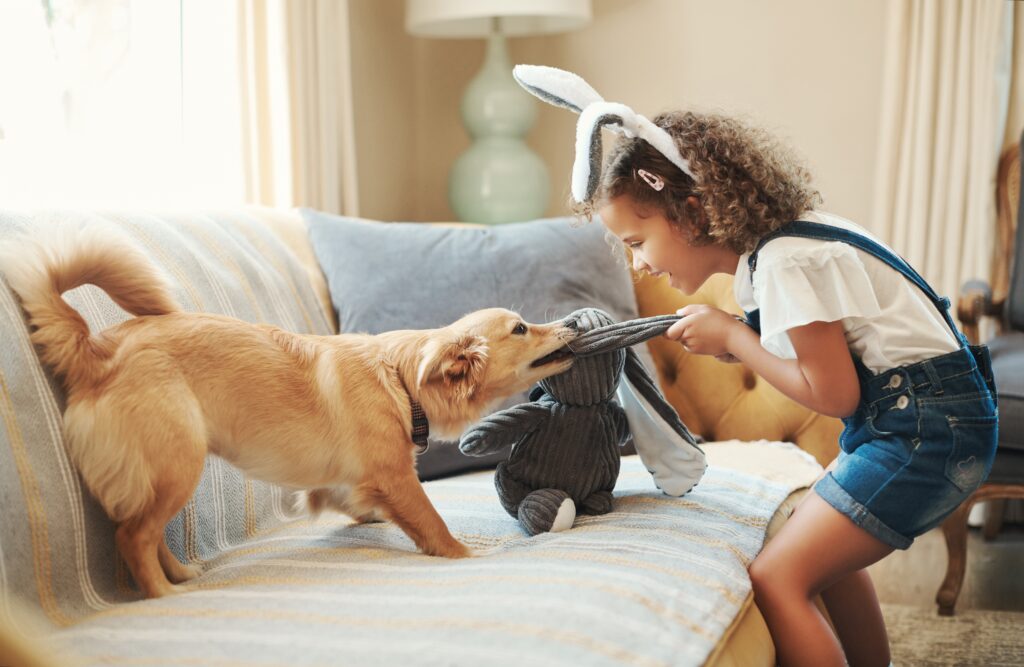Is your dog’s hair taking over your home? You’re not alone. Shedding is one of the most common grooming challenges pet owners face—and it can feel never-ending. But with a solid grooming routine, tailored tools, and the right approach for your dog’s coat type, you can manage it effectively. This in-depth guide will walk you through what really works when it comes to dog grooming for shedding—from daily brushing to professional help.
Key Takeaways:
- Brush daily during heavy shed seasons (spring and fall)
- Use tools specific to coat type: slickers, rakes, rubber brushes, or grooming gloves
- Bathe with deshedding shampoo, then blow-dry while brushing
- Feed a coat-supportive diet with Omega-3, biotin, and zinc
- Keep dogs hydrated to reduce flaky skin and excess shedding
- Professional grooming offers deeper results
- Never shave double-coated dogs—use proper undercoat care instead
Why Do Dogs Shed—and When Is It Too Much?
Most dogs shed to get rid of old or damaged hair. The process helps their coats stay healthy and adapt to seasonal temperature changes. However, if you notice bald patches, irritated skin, or a sudden increase in shedding, it could point to an underlying issue like parasites, allergies, or stress.
For a normal, healthy dog, shedding usually happens in cycles:
- Seasonal Shedding: Double-coated dogs (like Huskies or Labs) “blow their coats” in spring and fall.
- Consistent Shedders: Breeds like Beagles and Pugs shed lightly but constantly.
- Minimal Shedders: Dogs like Whippets or Boxers shed little and require less upkeep.
What Causes Excessive Shedding?
Dogs naturally lose fur to make room for new growth. This process varies by breed, coat type, season, and overall health. Double-coated dogs shed heavily during "blow coat" seasons (spring and fall), while short-haired breeds may shed steadily year-round.
If shedding becomes extreme or shows bald spots, it could be tied to:
- Poor nutrition
- Skin infections or parasites
- Hormonal imbalances
- Allergies or stress
When in doubt, always consult your vet.
Brushing Techniques that Actually Work
Daily brushing is your best defense during heavy shedding. For the best results:
- Brush against coat growth first to loosen dead hair
- Follow with the coat to gather it neatly
- Use short, firm strokes without pressing too hard
Choose the Right Tool by Coat Type:
- Double-Coated Breeds (Huskies, Goldens): Use an undercoat rake and slicker brush
- Short-Coated Dogs (Pugs, Boxers): Use rubber brushes or grooming gloves
- Curly-Coated Dogs (Poodles): Use pin brushes and detangling sprays
Pro Tip: Clean your brush every few strokes to keep it working efficiently.
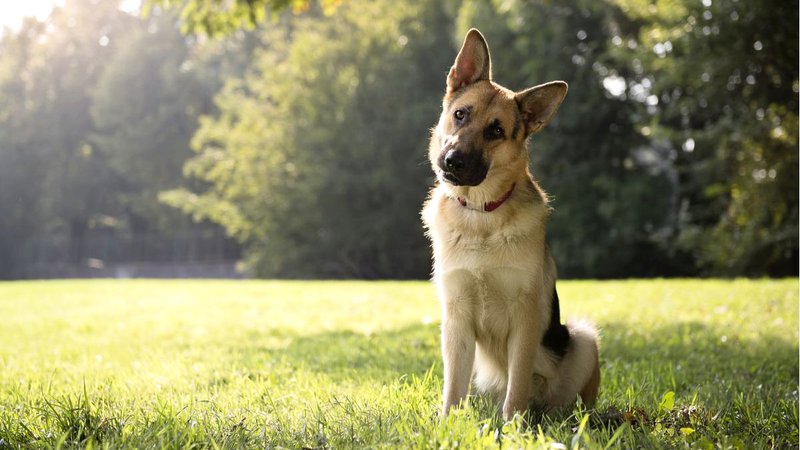
Essential Shedding Tools (and When to Use Them)
Using the right tools can make all the difference in controlling loose fur. Here’s a breakdown of the most effective options:
- Slicker Brush: Great for removing tangles and surface shed. Ideal for long-haired and double-coated breeds.
- Undercoat Rake: Targets the dense, wooly underlayer that causes most shedding in dogs like Golden Retrievers or Shepherds.
- Rubber Brush or Grooming Glove: Gentle but effective for short-haired breeds like Pugs, Boxers, and Bulldogs.
- Deshedding Blade or FURminator: Can remove large amounts of fur quickly—but must be used with care to avoid skin irritation.
- High-Velocity Dryer: Blasts loose hair out of the coat before it ends up in your house.
Recommended Grooming Tools Simple Breakdown
| Tool Type | Best For | Not Ideal For |
|---|---|---|
| Slicker Brush | Medium to long coats | Ultra-short coats |
| Undercoat Rake | Thick double-coated breeds | Curly or sparse-coated dogs |
| Rubber Brush | Short-haired breeds | Thick or long coats |
| Pin Brush | Curly or soft coats | Dense undercoats |
| Grooming Gloves | Nervous dogs, quick sessions | Dogs with thick undercoats |
| FURminator (used gently) | Labs, Shepherds, Retrievers | Curly coats, small breeds |
Keep tools clean and dry between uses. Investing in professional grooming gear may be worthwhile if you have multiple dogs or thick-coated breeds.
Techniques That Work: How to Groom Based on Coat Type
Different coats require different strategies. Below is a quick guide:
| Coat Type | Shedding Level | Grooming Tools | Brushing Frequency |
|---|---|---|---|
| Short, smooth | Low–Medium | Rubber mitts, soft bristle brush | 1–2x per week |
| Double-coated | High–Very High | Slicker brush, undercoat rake | Daily during season |
| Long, flowing | Medium | Pin brush, detangler comb | 3–4x per week |
| Curly or wooly | Low | Slicker, comb | Weekly |
| Hairless breeds | Very Low | Gentle cloth, skin moisturizer | Minimal |
Line brushing (systematically working section by section) and blow-drying while brushing are excellent methods for high-shedding breeds like Akitas or Collies.
Bathing & Deshedding Treatments
Bathing for Shedding Control: What Really Works?
Bathing helps loosen dead fur and removes allergens, dust, and dirt that can clog the coat. Here’s how to make it count:
- Pre-brush before bathing. This removes surface-level hair and prevents tangling.
- Use a shed-reducing shampoo—look for ingredients like Omega-3, aloe vera, or oatmeal.
- Apply conditioner, especially for long or double-coated dogs. This softens fur and makes brushing easier.
- Rinse thoroughly, then towel dry and use a high-velocity dryer while brushing.
- Final brushing ensures all loose fur is out and distributes natural oils.
Some brands to consider:
Avoid using human shampoos—they can dry out your dog’s skin and increase shedding.
Nutrition, Hydration, and Skin Health
What your dog eats impacts its coat more than you might think. While dog grooming for shedding is great,sometimes the issue lies a little deeper. Diet and hydration could be key to shedding control.
Nutrients that Reduce Shedding:
- Omega-3 Fatty Acids – support healthy skin and fur. Found in salmon oil and flaxseed.
- Biotin & Zinc – help prevent dryness and brittleness.
- Vitamin E – promotes skin regeneration.
Hydration is equally critical. Dogs should drink at least one ounce of water per pound of body weight daily. Dry kibble diets may require added moisture—consider adding wet food or bone broth.
Want to check your dog’s food? Use Dog Food Advisor for unbiased reviews.
Hydration Tips:
- Aim for 1 ounce of water per pound of body weight
- Add wet food or broth if feeding dry kibble
- Try a water fountain to encourage drinking
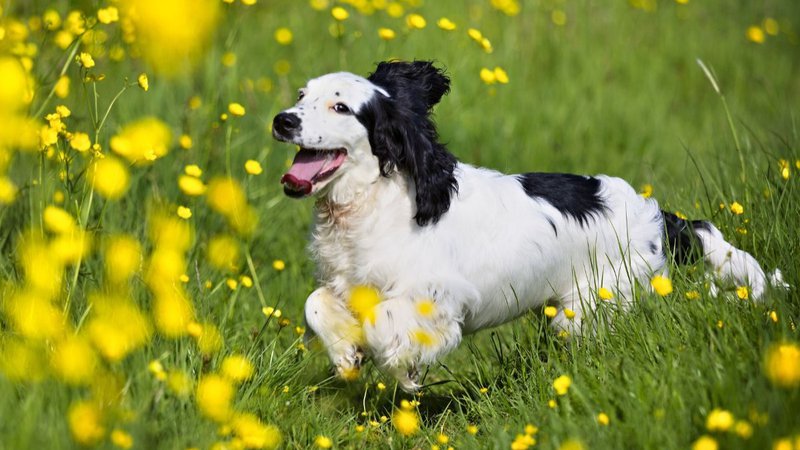
Professional Grooming Services
Sometimes, home care isn’t enough. Groomers have high-velocity dryers and coat-specific tools to remove deep undercoat hair that home brushing can’t reach.
What to Expect at a Pro Appointment:
- Full bath with deshedding shampoo and conditioner
- Undercoat removal via rakes or slickers
- Blow-dry using salon-grade equipment
- Finishing brush to catch residual fur
When to Go Pro:
- During peak shedding seasons
- If your dog has mats, skin issues, or doesn’t tolerate home brushing
- When shedding increases without clear cause
Breed-Based Dog Grooming for Shedding Severity
| Breed | Coat Type | Shedding Severity | Recommended Tools |
|---|---|---|---|
| Labrador Retriever | Double-coated | Very High | Undercoat rake, slicker |
| German Shepherd | Double-coated | Very High | Rake, de-shedding tool |
| Pug | Short, dense | High | Rubber brush, gloves |
| Boxer | Smooth, short | Medium | Rubber brush |
| Golden Retriever | Double-coated | Very High | Rake, slicker |
| Husky | Double-coated | Very High | Rake, blower, slicker |
| Beagle | Short, dense | Medium | Rubber glove |
| Poodle | Curly, single coat | Low | Pin brush, comb |
| Whippet | Short, fine | Low | Grooming mitt |
| Chihuahua | Short/Long options | Medium | Bristle brush |
Space-Saving Grooming Tips for Apartment Living
Tight on space but still want a fur-free home? Try:
- Grooming gloves: Great for quick sessions without bulky equipment.
- Vacuum attachments: Designed for dogs, these suck up fur as you brush.
- Self-wash stations: Available at many pet supply stores. Great for mess-free bathing.
- Storage benches: Store tools in a dual-use piece of furniture.
Keep one compact kit stocked with just the essentials: a slicker, a rubber mitt, a towel, and a small bottle of shed-reducing spray.
When Is Shedding a Health Concern?
Know the Signs of Abnormal Shedding
Excessive hair loss may signal a medical issue if:
- Your dog has bald spots or scaly skin
- The coat becomes dull, greasy, or patchy
- There’s excessive itching or behavior changes
Potential causes include:
- Parasites (fleas, mites)
- Hormonal imbalances (thyroid, Cushing’s)
- Environmental or food allergies
- Emotional stress
…it’s time to see your vet. These signs could point to parasites, thyroid issues, allergies, or even autoimmune disorders. Don’t wait—early diagnosis can prevent long-term problems.
Explore more at: American Kennel Club Grooming Tips
Shed Less, Bond More
- Set a routine: Weekly or daily brushing makes a massive difference
- Groom based on coat type, not just convenience
- Choose quality tools for faster, better results
- Don’t skip hydration or nutrition: Supplements and a needs-specific diet can make a difference in your dog's coat
- Get professional help when needed: Find a groomers you trust
Dog grooming for shedding is more than cleanup—it’s a chance to bond, check for issues, and keep your dog feeling great. Each breed comes with its own unique grooming needs, and honoring those needs means better comfort, health, and joy for your furry companion.
Want help maintaining a happy, healthy pup? Puppy Dreams offers expert guidance and grooming insights tailored to your dog’s breed and lifestyle. Learn more about how we care for our puppies at Puppy Dreams, and follow us on social for more responsible pet care tips.
